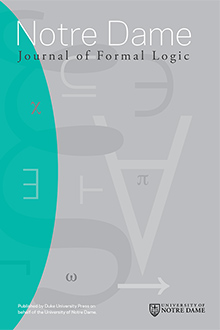Unification in description logics has been proposed as a novel inference service that can, for example, be used to detect redundancies in ontologies. The inexpressive description logic is of particular interest in this context since, on the one hand, several large biomedical ontologies are defined using . On the other hand, unification in has been shown to be NP-complete and, thus, of considerably lower complexity than unification in other description logics of similarly restricted expressive power.
However, allows the use of the top concept (), which represents the whole interpretation domain, whereas the large medical ontology SNOMED CT makes no use of this feature. Surprisingly, removing the top concept from makes the unification problem considerably harder. More precisely, we will show that unification in without the top concept is PSPACE-complete. In addition to the decision problem, we also consider the problem of actually computing -unifiers.





